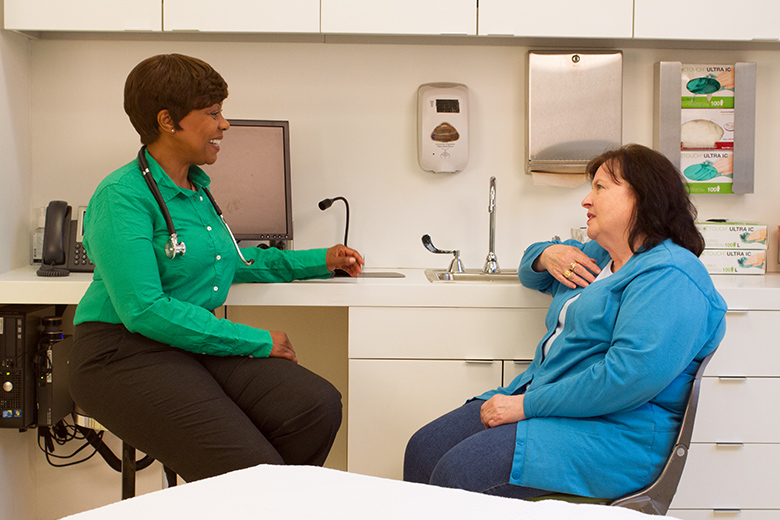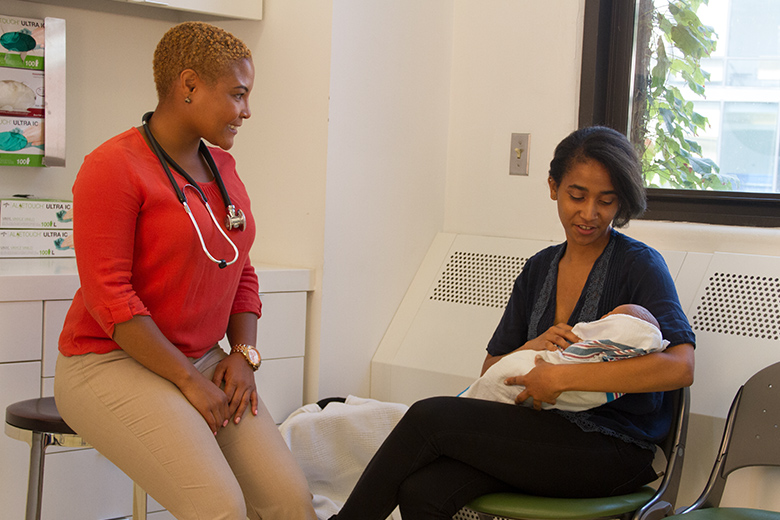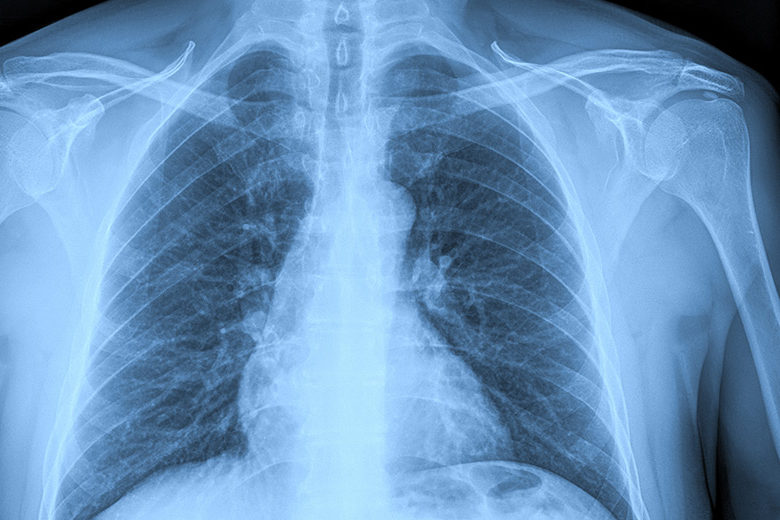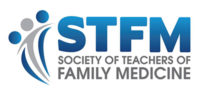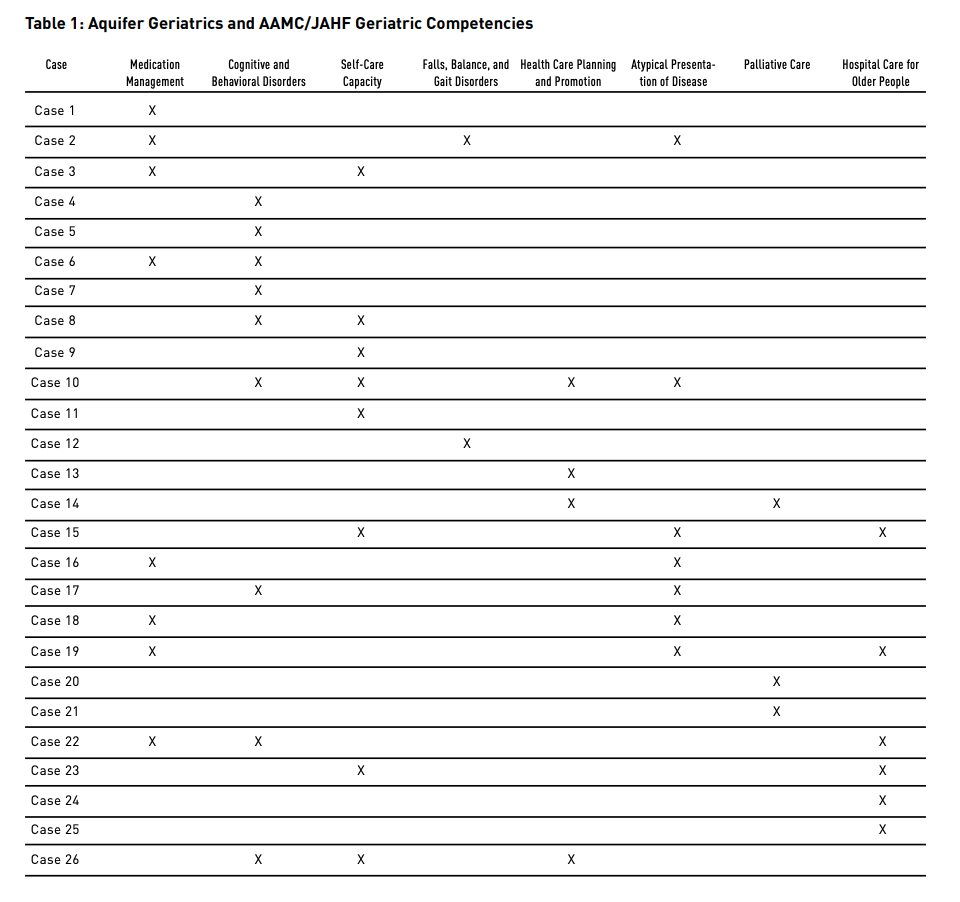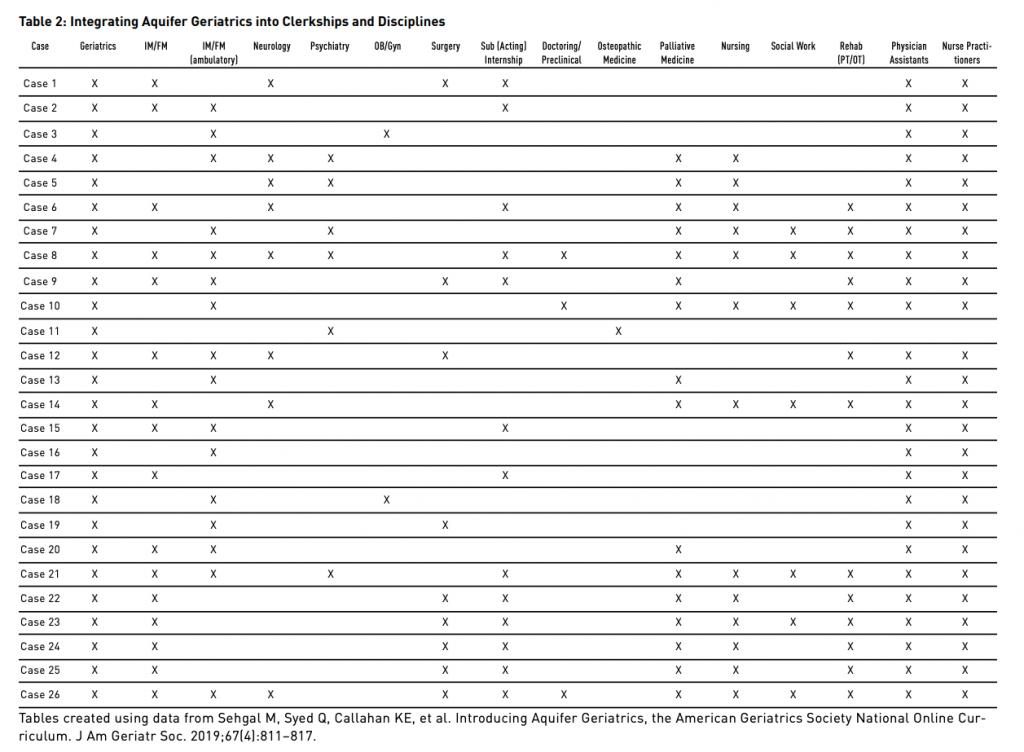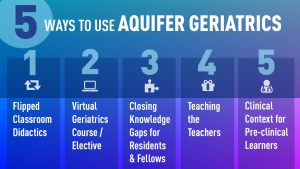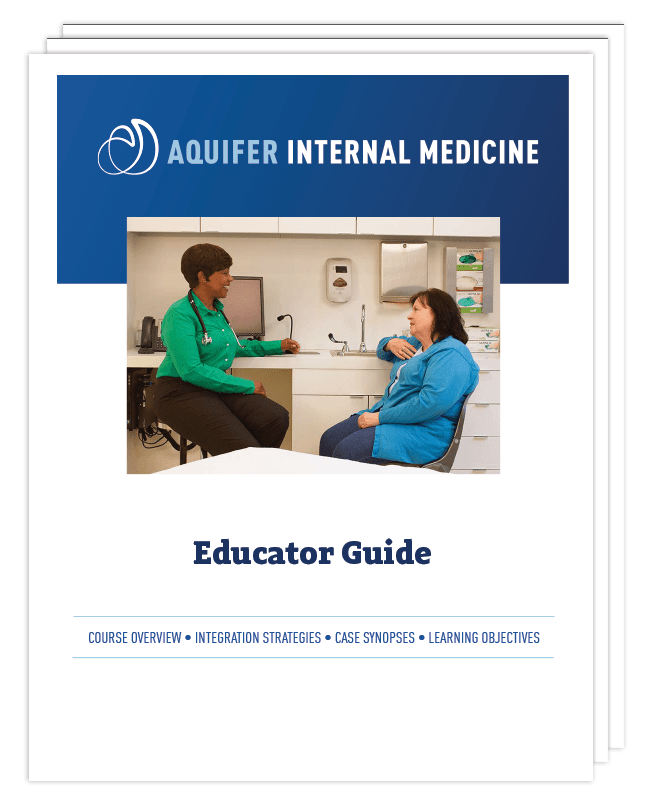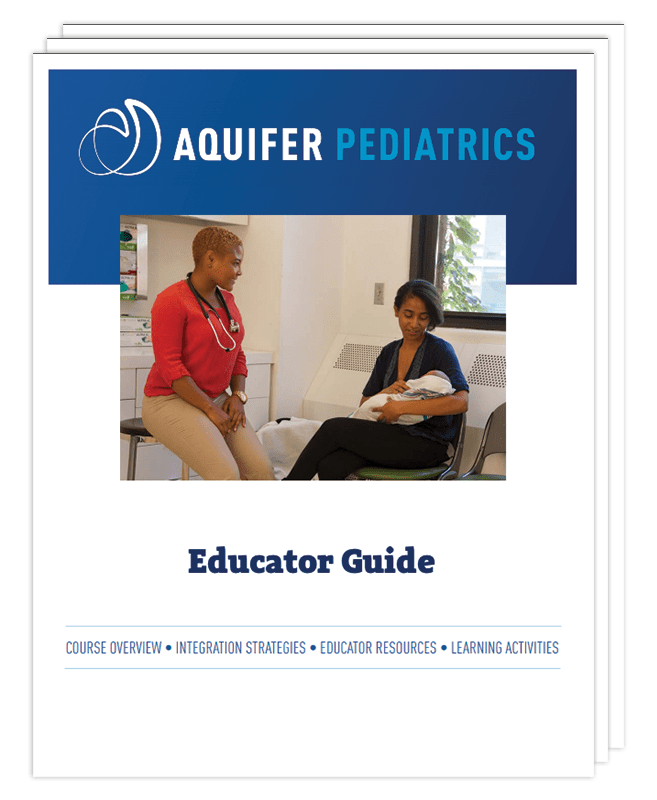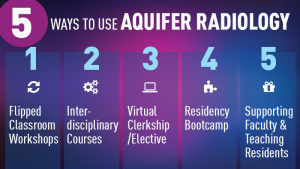

The Aquifer Obstetrics & Gynecology Case Set covers topics recommended by leading OBGYN clerkship directors, powered by Aqueduct, Aquifer’s teaching and learning platform.
Overview
The Aquifer Obstetrics & Gynecology case set covers topics recommended by leading Obstetrics & Gynecology clerkship directors and places students in realistic patient scenarios, developing their clinical reasoning skills. The cases foster self-directed and independent study, centers clinical problem-solving, and teaches an evidence-based, patient-centered approach to patient care.
The initial case set covers multiple topics including fetal growth restriction, endometrial hyperplasia, and premenstrual dysphoric disorder. Additional cases will release on a rolling basis throughout the academic year, culminating in more than 20 virtual patient cases.
For Academic Year 2024-25, this case set is only available for Curricular Partner programs. In Academic Year 2025-26, it will be available for limited subscribers as a Signature Course.
Aquifer created the OBGYN case set to health professions students up for success. The United States faces increasing maternal death rates (CDC), with 84% of pregnancy-related deaths deemed preventable by the CDC. (CDC) Outcomes for women of color are even worse (CDC). And 20% of patients who see an OBGYN refer to that individual as their Primary Care Physician (NIH). This positions health care professionals working in the OBGYN space with significant opportunities to improve patient outcomes and experience.
- Created for educators, by educators, and covers topics recommended by leading obstetrics & gynecology clerkship directors.
- Covers topics recommended by leading Obstetrics & Gynecology clerkship directors
- Proven pedagogy that standardizes experiences—overcoming geography, seasonality, and accessibility
- Evidence-based, peer-reviewed, and continuously updated content
- A wealth of source material—including embedded assessment questions and full references—in each case
- Delivered via the Aqueduct teaching and learning platform, which includes user management tools, easy reporting on student progress and course usage, plus tools for creating custom courses to match a specific curriculum
We designed the Aquifer Obstetrics & Gynecology Case Set for any level student in a health professions program. The cases are ideal for students preparing for clinical experiences that cover Obstetrics & Gynecology. Cases also serve as valuable reference material for students to return to as they need to refresh their knowledge during clinical rotations.
Looking for ideas on how to integrate the cases into your curriculum? Aquifer offers free 1:1 Curricular Consults for active subscribers with our Adoption & Use experts. Schedule a meeting and discover the most efficient way to leverage Aquifer.
The initial case set comprises eight virtual patient encounters, covering:
- Uncomplicated pregnancy and induction of labor
- Cesarean delivery
- Postpartum endometritis
- Chronic hypertension in pregnancy
- Fetal growth restriction
- Contraception
- Diabetes in pregnancy
- STI screening
- Dysmenorrhea
- Premenstrual dysphoric disorder
- multifetal gestations
- In Vitro fertilization (IVF)
- Abnormal uterine bleeding
- Hirsutism
- Endometrial hyperplasia
- Leiomyoma
- Menopause
- Chronic pelvic pain
- Endometriosis
- Sexual Function Changes
- Preterm labor
After July 1, cases will publish on a rolling basis throughout the 2024-25 Academic Year. Additional topics covered will include:
- Puberty and amenorrhea
- Vulvar and vaginal disease
- Violence against women
- Pelvic floor disorders
- Depression and Anxiety in Pregnancy
- Complications of pregnancy
- Fetal demise
- Ectopic pregnancy and miscarriage
- Gynecologic procedures




